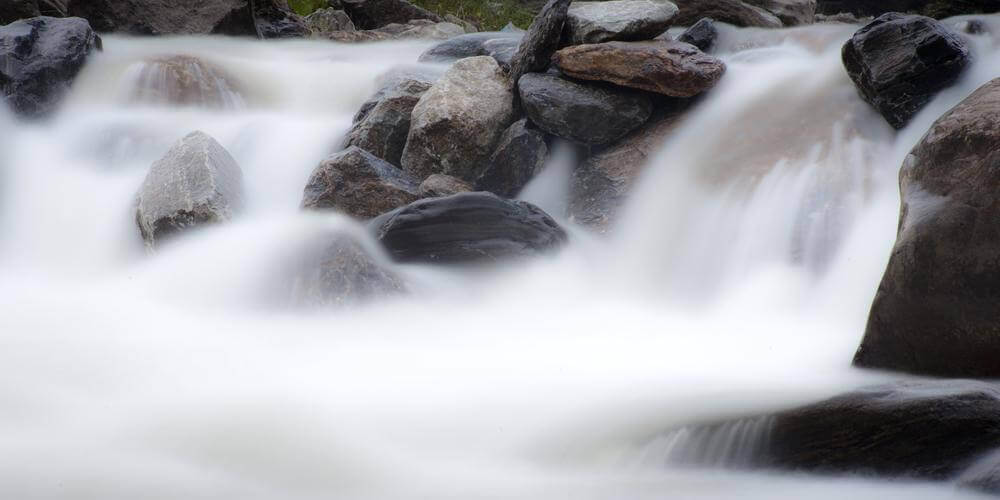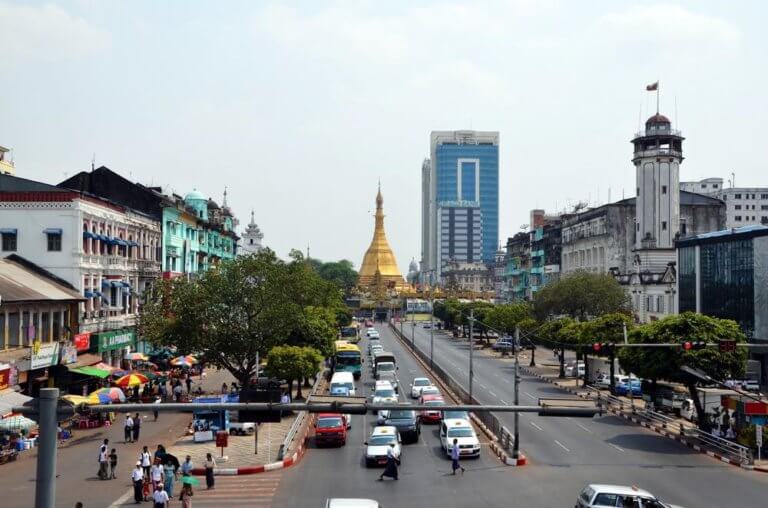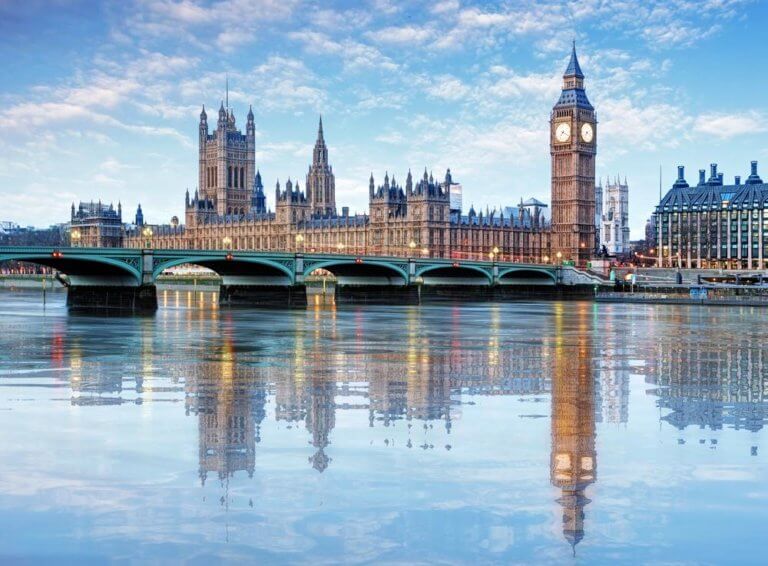A Mountain River in Nepal – Picture courtesy of Shutterstock
The deal with Indian firm GMR will see the creation of a 900 megawatt (MW) dam on the upper Karnali River. The project was agreed in principle with the infrastructure group six years ago but has been in limbo due to the ongoing political and civil tensions in Kathmandu.
Ending Nepal’s powercuts
The project is set to be the first in a series of four such projects undertaken by Investment Board Nepal (IBN).
In addition to helping end Nepal’s own power shortages electricity will be exported to India.
It is the next step in a trend to exploit the untapped power within Himalayan Rivers. Bhutan, located to the east of Nepal, recently announced its own round of hydropower projects.
In Nepal, the potential for hydropower is thought to be around 80,000MW. Of this, just 700MW is presently tapped. One of the world’s poorest countries and with a dearth in exports, the economy is propped up by income directed from expats and through tourism.
Of its own energy consumption around 75% presently comes from the burning of firewood – according to the IBN. It has one of the worst ongoing instances of power cuts across the globe.
Transforming Nepal’s finances
The IBN was advised on the FDI deal by Adam Smith International. Speaking to the Financial Times, Peter Young from Adam Smith said:
“It’s a major change for Nepal in that it’s actually opening up this hydropower on a large scale,”
My Young went on to say that the deal, which has been financed by aid from Britain, should ‘transform’ the financial position of the Nepali government as well as turn around its power supply issues.
Mr Young also went on to explain the terms of the deal which will see Nepal given:
• 27% of free equity share of the project
• 12% of the electricity output
The project is expected to be signed off by 2021.
It is understood that the project will be wholly transferred to Nepal after the dam and tunnel system’s 25-year operating-life concession has ended.























